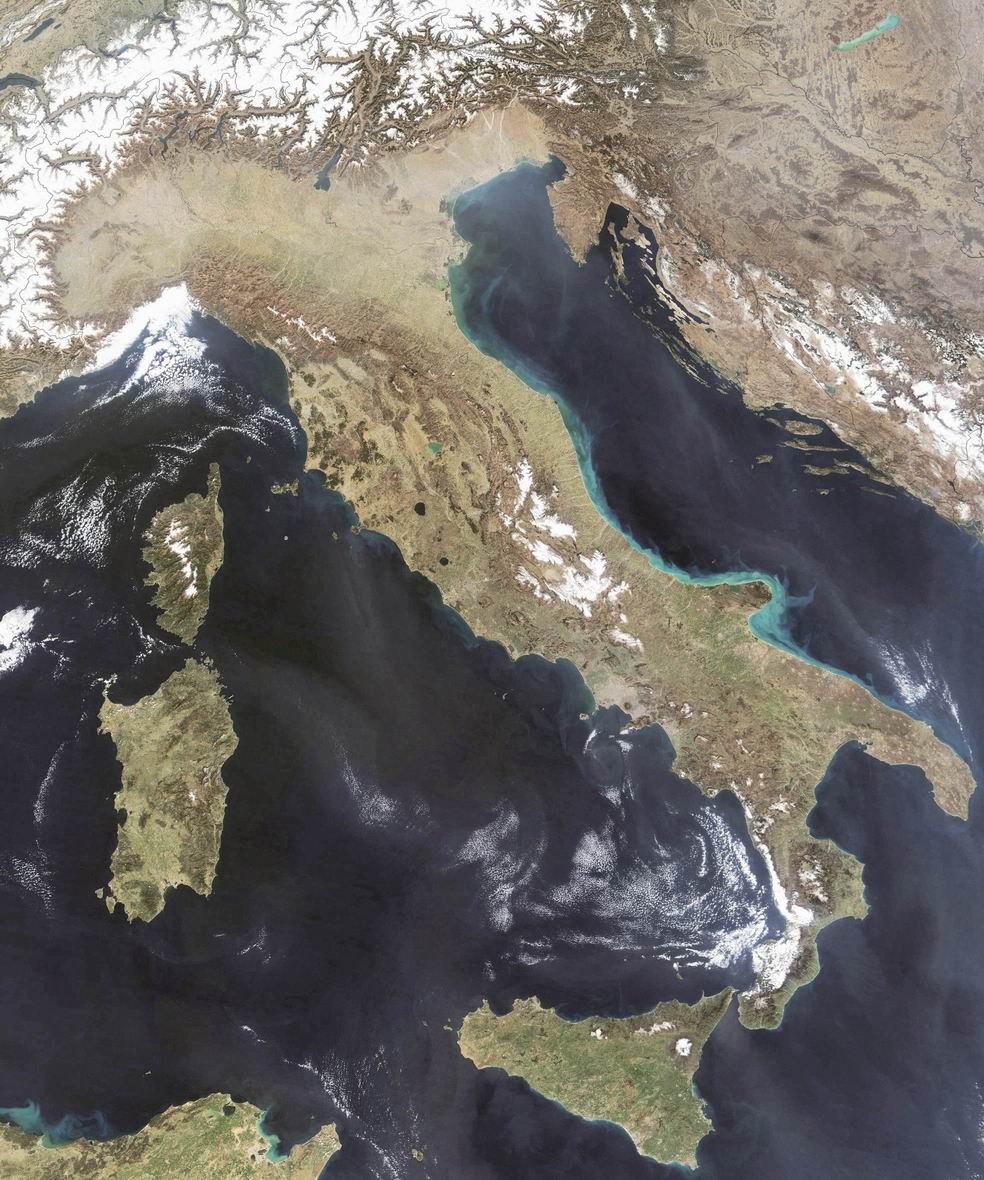
Climatic changes, desertification process, forest fires, glaciers melting, water pollution and also land cover and vegetation status can be observed thanks to remote sensors onboard of aircraft or satellites orbiting around the Earth using the Remote Sensing techniques. Remote sensing refers to the acquisition and processing of information about an object or phenomenon, without making physical contact with the object, through the use of electromagnetic radiation (intensity, frequency and polarization).
Remote sensors, such as radiometers or spectro-radiometers, onboard of aircraft and satellites allows the observation of large areas of the Earth surface (synoptic capability) at different wavelengths of the electromagnetic radiation (multispectral capability) and at frequent time interval (multitemporalcapability).These capabilities make the Remote Sensing technology one of the most suited candidate for the analysis of the landscape and environment towards the understanding and of natural phenomena, both in the prevention, management and mitigation of natural risks such as flooding and landslide, forest fires and volcanic eruption or earthquakes.
Optical Remote Sensing deals with those part of electromagnetic spectrum characterised by the wavelengths from the visible (0.4 micrometer) to the near infrared (NIR) up to thermal infrared (TIR, 15 micrometer), collecting radiation reflected and emitted from the observed surfaces.
In this range of frequencies data acquisition (measurements, signals, images) is realized with sensors that utilize for the radiation collection optical instruments such as lens for refraction or mirrors for reflection mechanism.The strong interaction of the electromagnetic radiation at these frequencies with the atmosphere and the presence of clouds constitute an important limiting factor on the potential observation of the Earth surface.
IREA researchers involved in the developments and application of Optical Remote Sensing techniques operate in the following activity domains:

